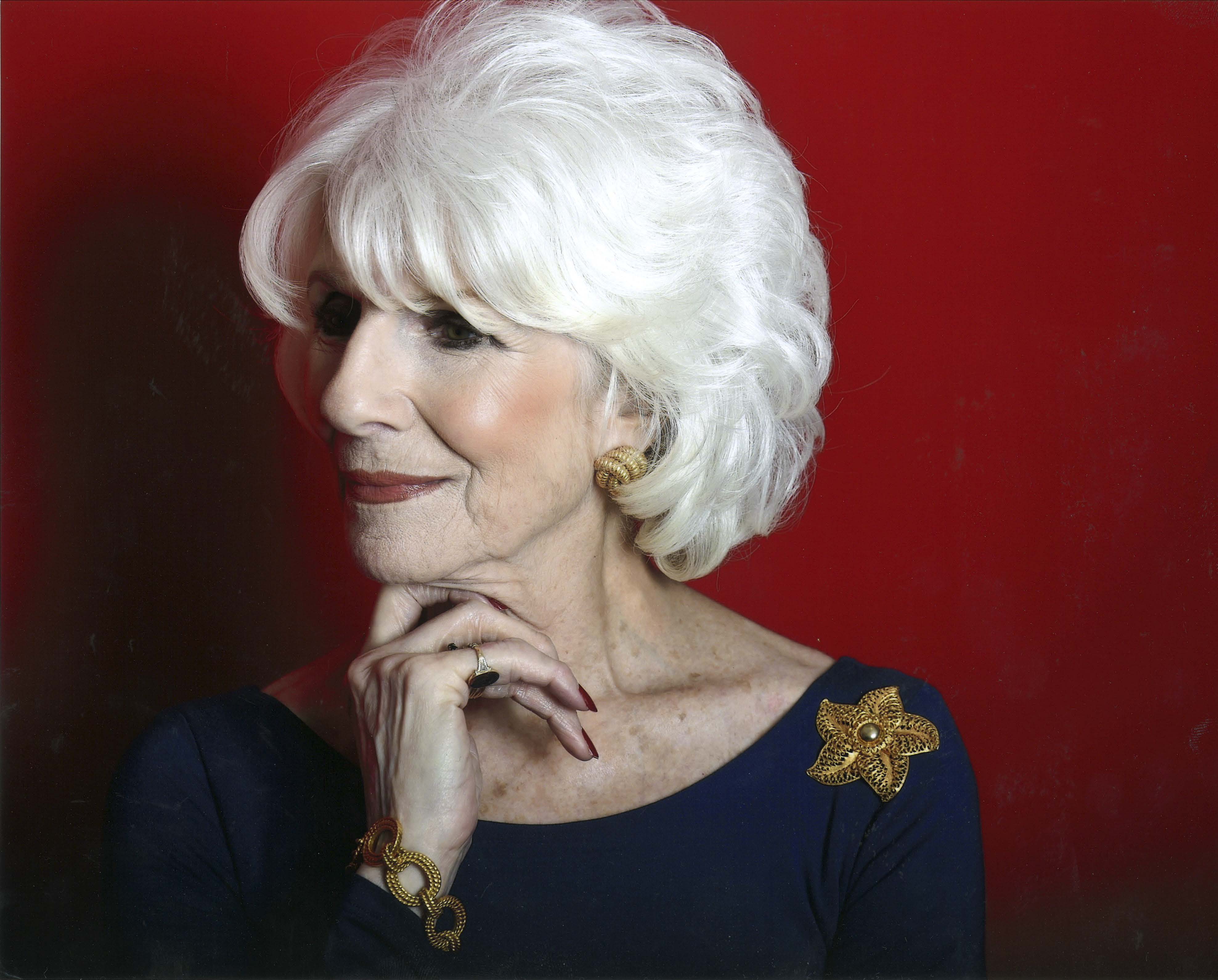A 20th anniversary letter from the editor
Twenty years is an anniversary round enough to permit us at Current to indulge in some hoorah, and to recognize the people who have made the paper possible for two decades.
Marking the occasion, we published an updated edition of the paperback A History of Public Broadcasting last month, and inaugurated a companion website of the field’s historical documents, Public Broadcasting PolicyBase (PBPB).
Since its first issue, March 17, 1980, Current has grown in many respects — in professionalism, in average page count (threefold), in circulation (fivefold), in advertising support (vastly), and in sustainability. (The growth allows and requires us to expand our staff this year, adding a fourth editor.)
It’s our pleasure to work on a community newspaper for a community full of so many people with fine passions, admirable skills, high ideals and damned good fights.
It’s a community paper for a community the size of a small town but spread across a continent. Current‘s circulation is growing slowly these days, passing just 6,100. But that’s a substantial part of the field’s employment. (Station employees totalled around 14,000 in 1996, according to a CPB survey.)
Our first thanks go to the readers and subscribers, who are the whole reason for us to continue publishing. We’ve kept many long-term subscribers by freezing our subscription prices for the past 10 years. (The only price changes were reductions for the smallest stations.) Subscribers carried about a third of our costs last year, but that percentage has been falling gradually. So, in the fiscal context, we owe a big thanks to the advertisers who carry a rising portion of the costs, now almost two-thirds. We’ve restrained our prices for advertisers, too, however: we’ve raised rates only about 6 percent in four years.
Current and its readers particularly owe a lot to Jim Fellows, who saw the need for a journalistic medium that would tell the seniormost managers about the juniormost producers, remind TV about radio, and inform idealists about pragmatists. And vice versa. In 1980, when Jim was president of the National Association of Educational Broadcasters, he replaced NAEB’s member newsletter, Public Telecommunications Letter, with an eight-page tabloid that has a much shorter name.
As the editor hired to start up the paper, I pushed hard for a publication name with one or two syllables, which I hoped would rule out any variant on “telecommunications.” Jim went to lunch with North Carolina pubcaster George Hall and came up with “Current,” with its electrical metaphor.
Jim, who is now president of American Telecommunications Group in Chicago, has contributed many more ideas to the paper since then, taught us the folkways of pubcasting, worried over our shortfalls and longfalls, and been a supportive boss of the first order. Just two years into Current‘s life, he led the effort to put it back into publication in 1982, after he was unable to keep NAEB going.
He turned to station leaders to help revive the paper, and they committed the money to resume publishing. They became the Current Publishing Committee that we recognize in our masthead: Jay Iselin of WNET, Rick Breitenfeld of the Maryland network, Richard Russell of WCNY in Syracuse, Henry Becton of WGBH in Boston, Mike Collins of WNED in Buffalo, Bill McCarter of WTTW in Chicago, Tony Tiano of KQED in San Francisco, Bill Kobin of KCET in Los Angeles, Ward Chamberlin of WETA in Washington and Dale Ouzts of WOSU in Columbus.
WNET, which was accustomed to taking big risks for the public TV system, undertook a relatively small one with Current, providing auspices for its publication for 18 of the past 20 years and covering our losses for five of them. (They’ve been repaid.) In that time, we’ve had the gracious help of many WNET executives, including Ed Campo, Audrey Koota, Stella Giammasi and Frank Pesce, and our highly competent financial liaison, Lou Albero.
We and our readers can especially thank Bill Baker, WNET’s president, for maintaining financial oversight of Current without ever attempting to influence the paper’s content.
Finally, we’re grateful for the writers, editors, businesspeople and interns who put their energy and inspiration into Current over 20 years along with the hundreds of public broadcasters who have shared their views in commentaries.







